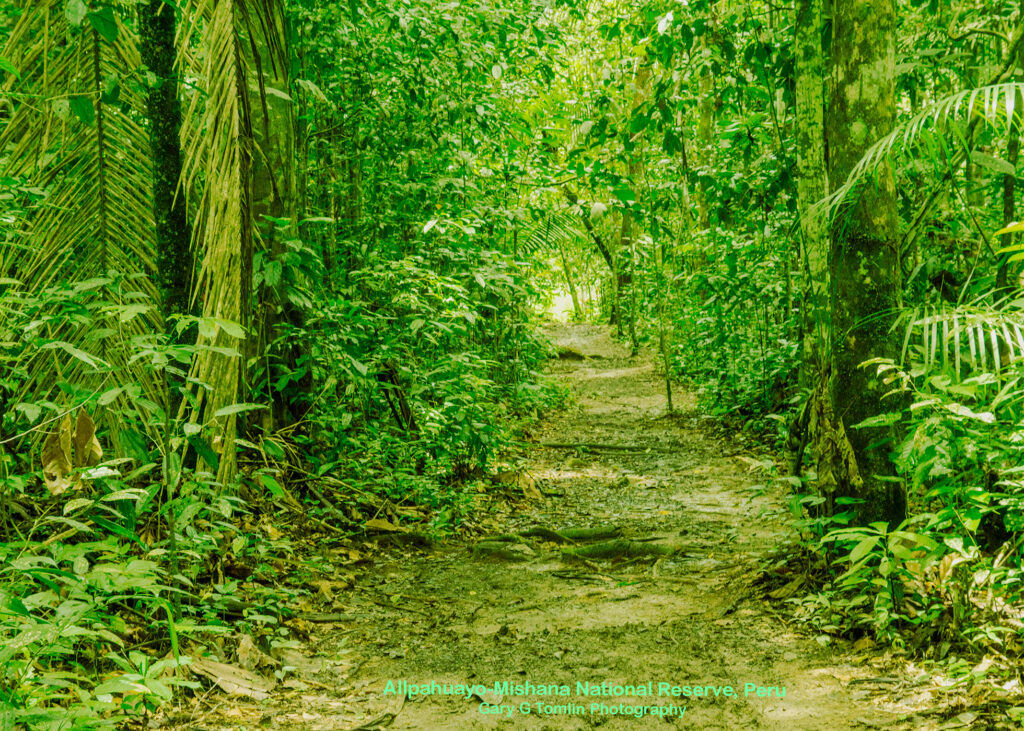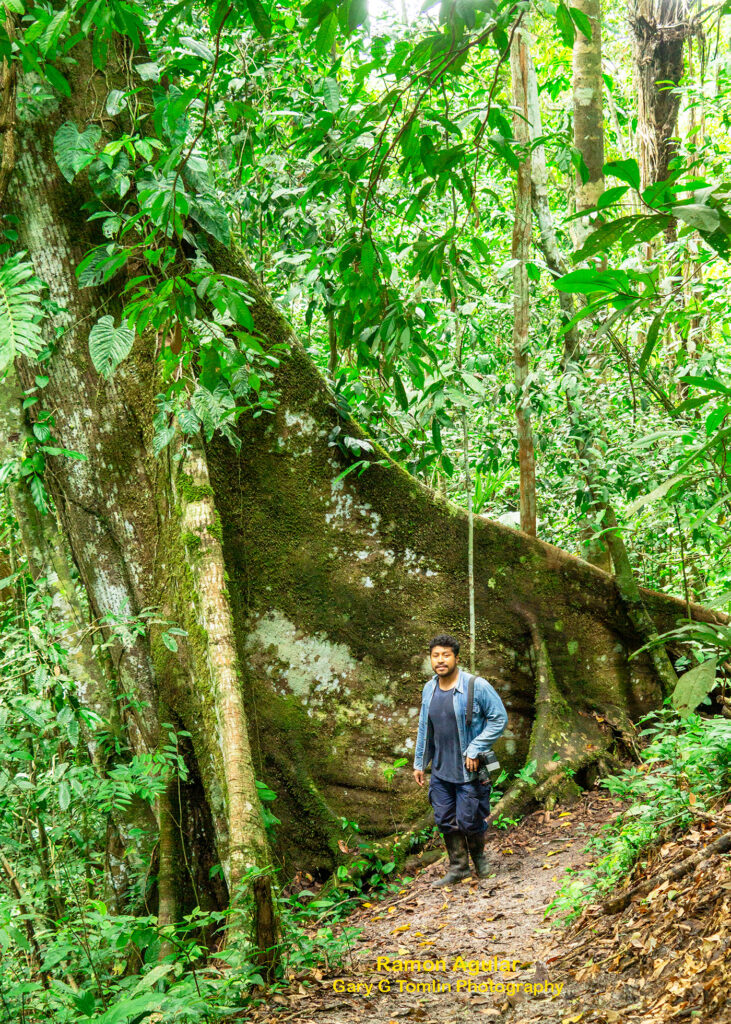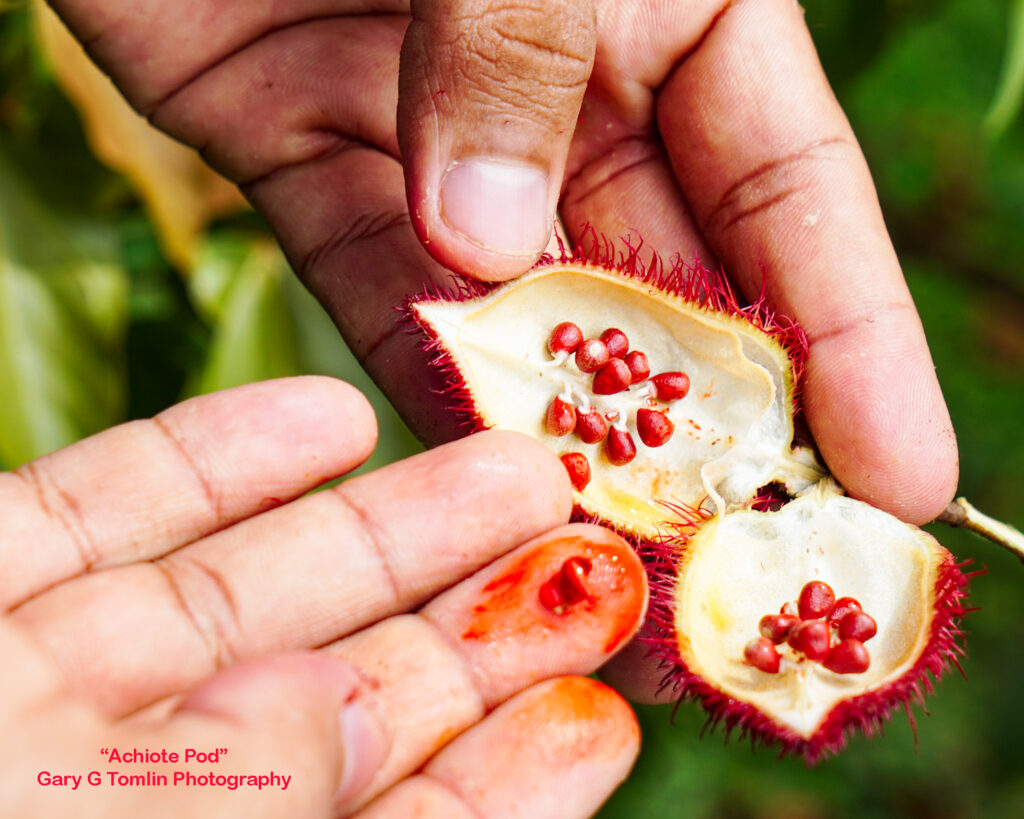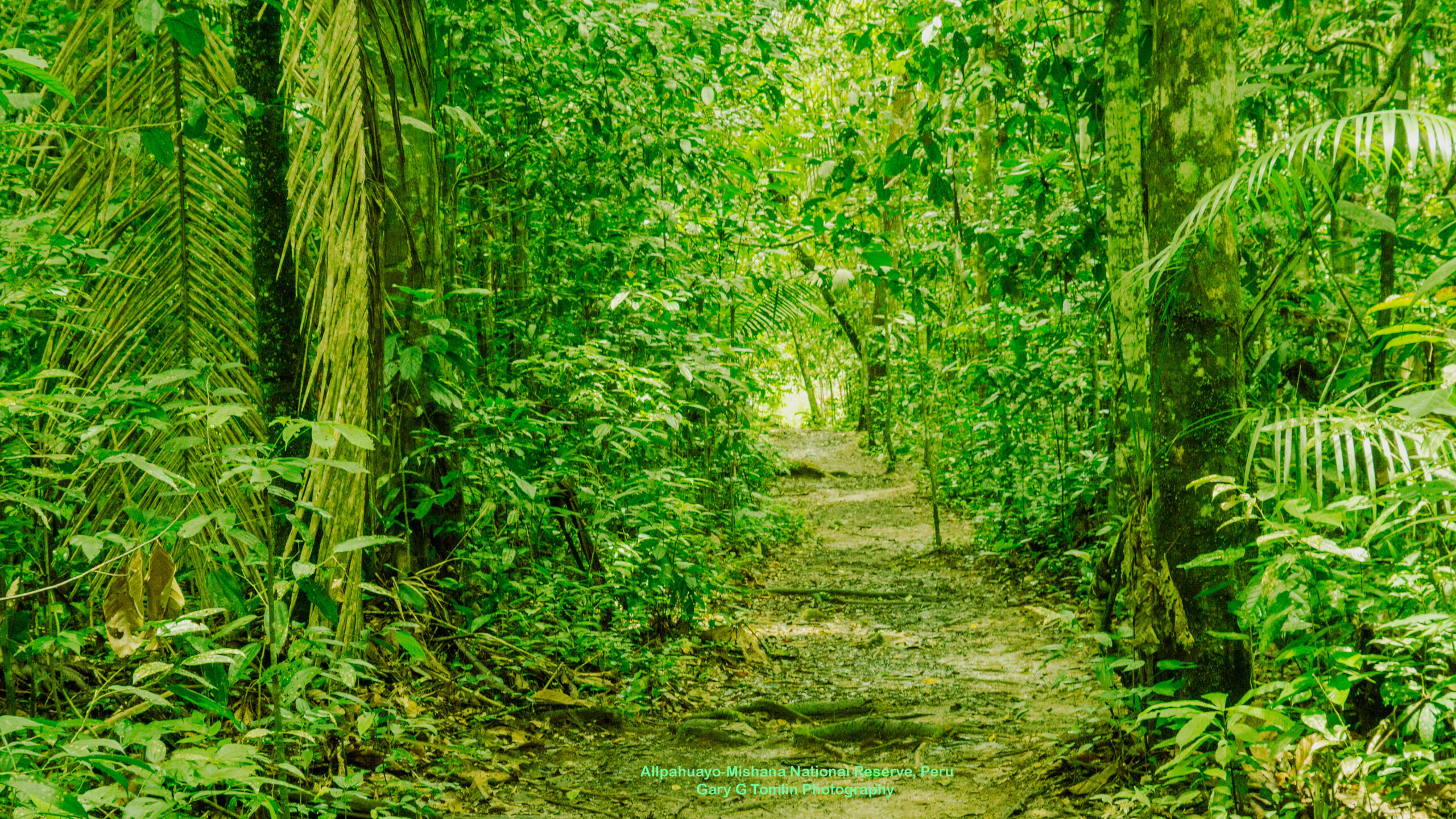
By Gary Tomlin
The perfect life-sustaining temperatures, abundance of water, and mostly undisturbed habitat in Amazonia create an environment where plants, animals and insects thrive like nowhere else on the planet. Scientists have not come close to identifying all of the species present.
Variations in climatic factors like altitude, wind patterns, soil properties, topography, water tables and so forth, can create micro climates where a species will evolve and thrive in that unique place and not be found anywhere else on our planet. These are called endemic species, and the rainforest is lousy with them. More are discovered in every research project that looks for them.
New biological learning spews forth from this region like a great river.
In Peru, they rely on the Research Institute of the Peruvian Amazon, to direct, catalogue and disseminate the rapidly growing body of research knowledge.
The Institute’s mission, in short, is to generate and provide scientific knowledge on the biology and culture of Amazonia. It is part of the Ministry of the Environment. A small part of its gigantic endeavor is at the José Álvarez Alonso Biological Station, in the Allpahuayo-Mishana National Reserve. It is a basecamp to conduct long term research projects within this Reserve.

The facility is available to outside researchers for modest fees. Scientist can conduct research and stay conveniently within the reserve. It is used by college professors who will bring a contingent of students to focus study on a topic for a couple of weeks.
If they have vacancies beyond that demand, they will rent rooms to the general public on overnight availability. That was my hope, but the station was at capacity and had no space for me. They seemed regretful and offered me a hike through the forest with an amiable, English speaking, Peruvian biologist to guide me.

Ramon Agular’s research interest is how the wildlife within hearing distance of the nearby highway are influenced by the unnatural sounds it generates. He called it audio responsive biology, or something similar to that. With audio equipment, he studies the highway noises and concentration and behavior of various critters, various distances inland from the highway. The only thing he offered was that it is amazing how far the unnatural sounds penetrate into the forest, and it appears insects seem to concentrate near the road, but he has no conclusions at this point of his research.
My tour started in the heavy jungle of the reserve, at the edge of the facilities. First we came to an orchard that has several species of the Achiote trees , (Bixa orellana). The fruit has a reddish colour like paprika. People use the fruit pulp for dye, to treat inflammation and certain ailments related to the kidneys, and the leaves for brewing tea.

Ramon said the orchard was planted and maintained by the Station to host the different species of Achiote trees and has developed a seed bank to insure the preservation of those species.

In a few days I will tour a Kukama-Kukamiria village and they will smear some red achiote paste on my cheeks as part of a demonstration of their traditions. I don’t know if it is to ward off evil spirits, protect me in battle, or just accentuate my sunny disposition. However I forgot it was there and later in the day, while still wearing it, I negotiated with a boat captain for my fare up-river. No idea if it helped or hurt, but the negotiation went well.
Ramon showed me a plant that ants live in and feed on its sweet sap. In return, they defend the plant against any attack. He broke a leaf, and the ants immediately emerged in force from the recesses of the leaves and attacked his hand. “It’s a symbiotic relationship,” he said.
He made several references to the white sand soil and the endemic species it supports. He said that recently an endemic species of a monkey has been discovered in this forest.

There are many species of frogs in the forest, some are endemic, and Ramon caught and released two specimens. The Leaf Frog is so-called, because its shape and color looks like a leaf. The blue jean frog, also called the poison dart frog, has a bright red body and its legs are a denim blue color. In explaining this to me, he called the blue legs, “it’s pants.”
I took photos of frogs, interesting tree roots, fungi and numerous elusive butterflies. The trees, shrubs, plants and flowers were varied and rich. Nature is so prolific there is no open space on the ground. It is overwhelmed with planet life.
One of the things that stood out about Ramon was if he didn’t know the answer to a question, he said so.
My next destination is the Manatee Rehabilitation Center, operated by the World Aquarium of Dallas, Texas. It is ten-miles up The Road, and I found a suitable hotel nearby.
# 30 #


7 responses to “Amazon Travel Part 5: Rainforest Bio Station”
Is the blue Jean frog always that small? It was wonderful to see your discoveries as well as reading about them. How long are you going to be there? Are you going back to BRRR, Alaska?
More Amazoning stuff…..I mean amazing stuff. Keep it coming. How long do you plan on staying?
Great story! Thank you for sharing!
Thanks for sharing your world adventures with all of us. It helps us all to understand and appreciate God’s work even more. God bless.
Gary Cooper
Thanks for sharing your story. I think it’s so cool! Be safe 😊
Very interesting information. Thank you!
Happy and safe travels.
Ramon is amazing, and reminds me so much of many of my students here in TN. I appreciate the increased exploration of la creación de Dios, or Viracocha paqarin, depending on whose listening. Ask a Quechua speaker if you meet any.
Looking forward to the rehabilitation center and everything in between!